Year 1942. Archival historical research
- Marina Drozdova

- Jul 12, 2022
- 3 min read
Updated: Jul 21, 2022
Year 1942. Archival historical research:
film footage, radio files, musical and literature manuscripts, photos.
At the final stage there is the documentary Project «1942. The World at War”, documentary series for Arte TV channel: 6 documentaries * 52 minutes, the author Veronique Lagoarde-Ségot, for which we conducted the large-scale research in numerous archives. That is a part of the permanent collaboration with “Film Images” company (France, Paris). This research had decisive impact on the selection of historical visual content for the Project. The research lasted three years: in film archives in Europe, as well as in the sound archives and the archives of literature.
About the project. It demonstrates a unique approach to the history of WW2 through the sounds, news, reportages, music, broadcasted by radio and shown in cinemas all around the world. The audiences in different countries listened to the radio and watched films in cinema theatres. Thus – the broadcast issues are the ways of transition from one story to the next, one character to another, from one country to another. The ambition is to distance ourselves from a position of “knowledge” – but to immerse oneself into the experience. As the author writes: “The spectator must dive into the devastation in order to hear and experience war in an intimate and not distant way… In the same way as a docu-fiction, the development of the characters through war must create suspense and affection towards them”.
About the research. The intriguing research lead us from the screening table with 35mm reels, filmed in 1940th, to the collection of radio programs, broadcasted in the period 1941-42 that contained unbelievable nuances of sounds and the reportages; and afterwards – to the archives with manuscripts and private family collections with photos.
In order to find the relevant images we screened more than fifty hours of footage, filmed by cameramen at the front-lines of WW2.
The aim of story telling in a film is to concentrate on emotions and human every day concerns and challenges: hunger, fear, heat, cold, love, loss. The director’s notes: “It’s a story away from the battlefield, or more precisely, a story on a different battlefield: a battle for food, a battle for dignity, a battle to raise kids, a battle to get some sleep and then get up in the morning, a battle to live, to survive, a battle to cope with death”. Such dramaturgical arch presents very complex visual tasks for the researcher. Thus, for instance, during many days we were looking for the images of rain, falling on ice – it was very important to find one like that, but at that time (in 1941-42) cameramen mostly didn’t have the equipment to film in rainy weather. Another example – looking for a close-up of a face whose expression shows confusion. Or trying to find a column of smoke from an explosion that leans exactly to the right. In order to find any of those images, we had to screen hours of footage. And etc.
The originality of the research was in combination of two challenges: searching for images reflecting specific historical situations, which were not often filmed during the war, and the quest for the images of emotions of everyday life, that rarely get in front of camera lenses. What makes it even more difficult, is the fact that we are dealing with the images taken by bulky 35mm film cameras.
The research is developed by the team of Historical cinema review «CinEnigma» - Marina Drozdova and Aleksandr Kiselev.
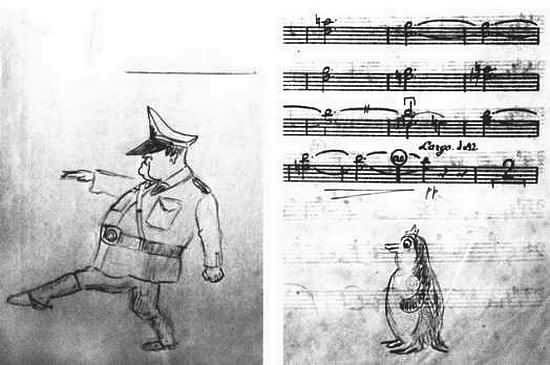
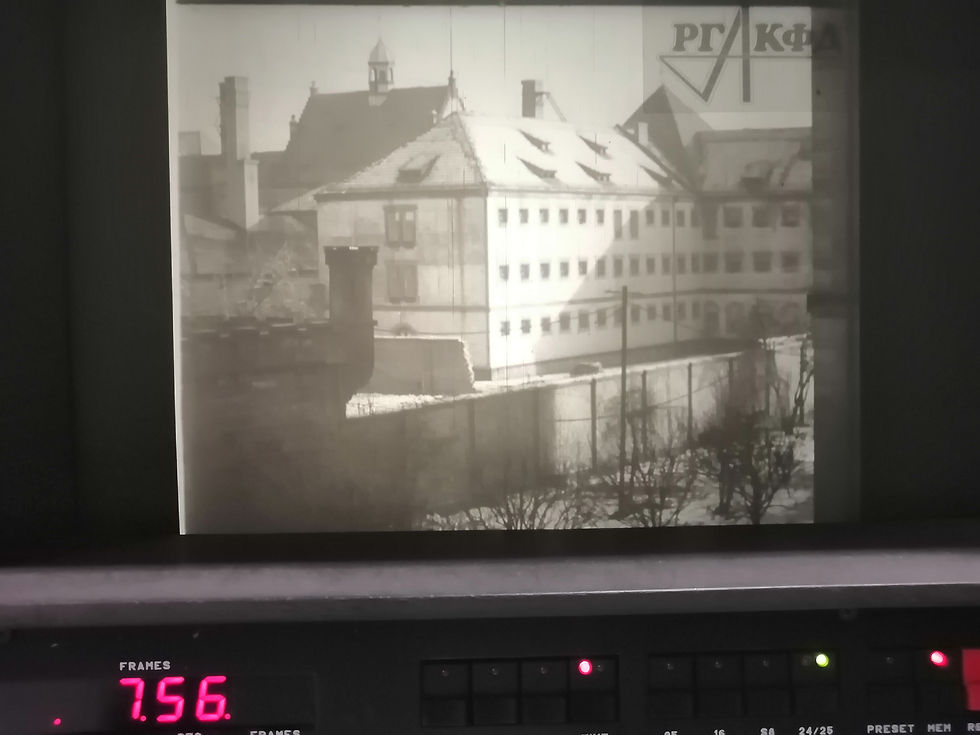
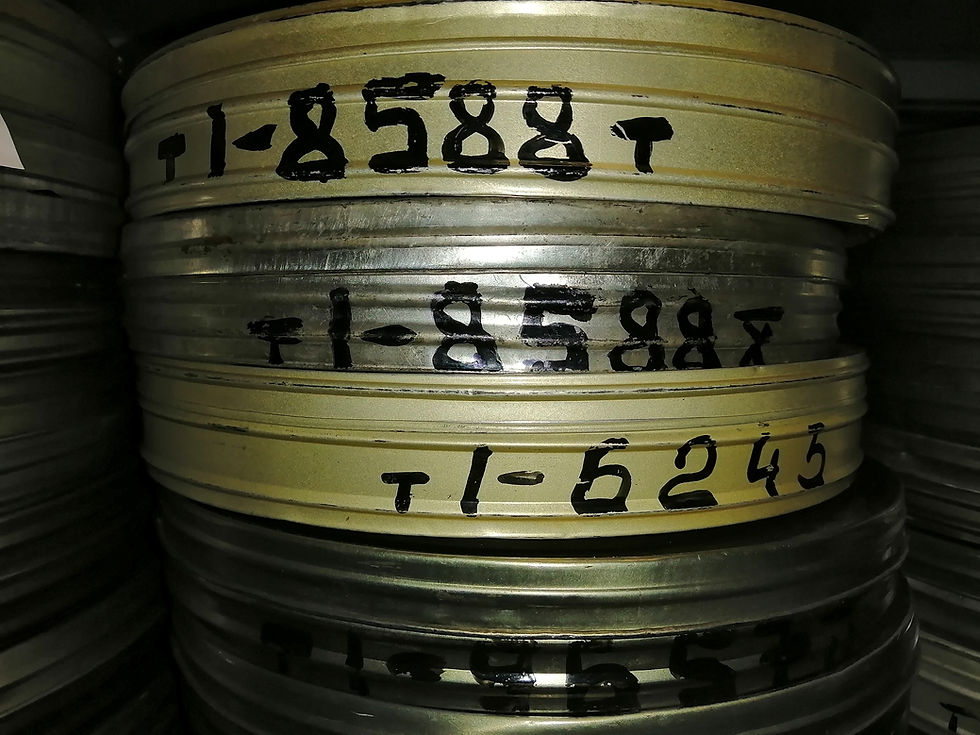
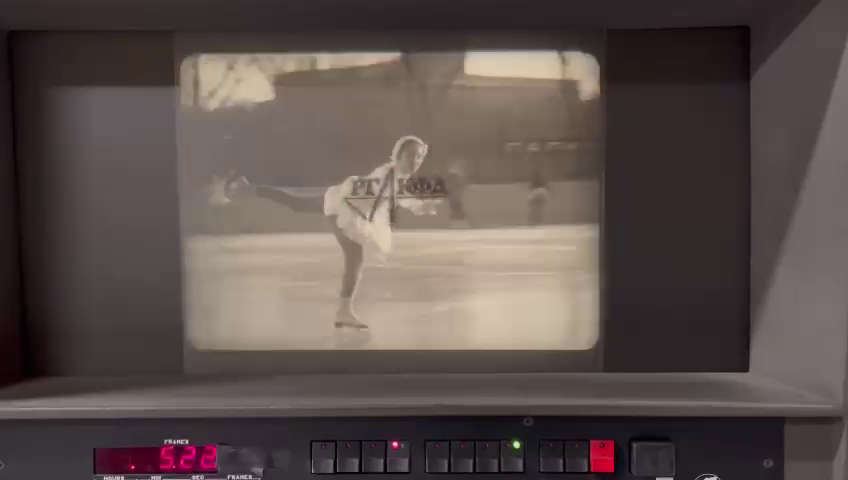
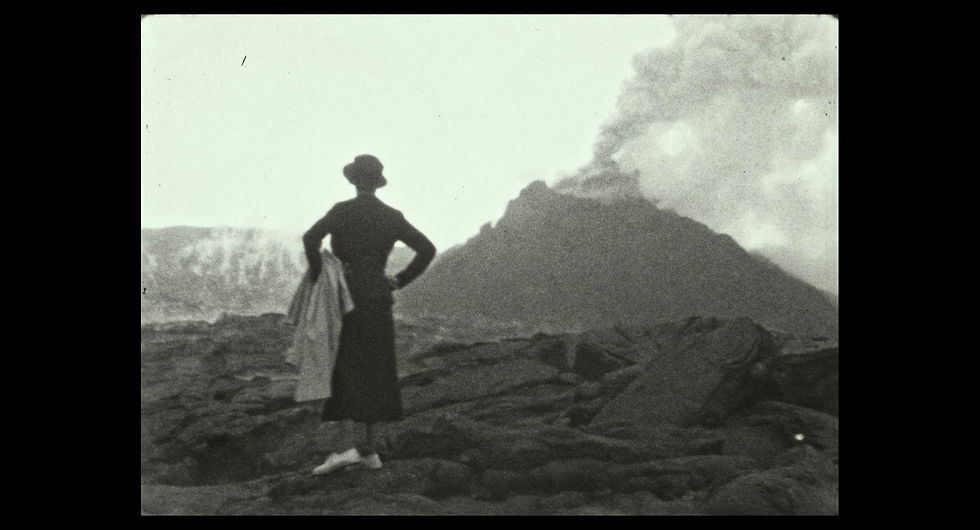
Comments